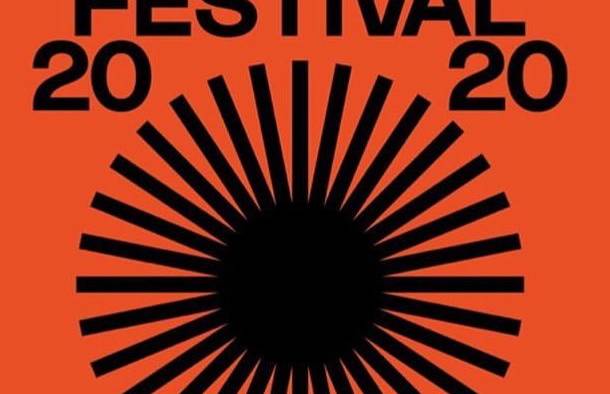Major Film Festivals Including Sundance Criticized for Lack of Diversity

“Film festivals play a critical role in shaping our culture, which is why representation and access is so critical.”
It seems the renowned Sundance Film Festival is being added to the growing list of venerable cultural institutions that do not include enough women and people of color. All film festivals worldwide are being criticized for this as well.
According to a new report, “Inclusion at Film Festivals”, from the Time’s Up Foundation and USC Annenberg Inclusion Initiative, the gender, race, and ethnicity of not only film directors but festival programmers and executives were studied — from 2017 to 2019. Findings were released Saturday, January 25, the third day of the Sundance Film Festival.
These demographic statistics were analyzed from the top five global film festivals — Berlin, Cannes, Sundance, Toronto and Venice — along with the top 10 North American film festivals. Overall, the study found that only 25% of directors in competition across the last three years were women.
Additionally, only 8% of film directors in competition at the top five film festivals were women of color – compared to 47% white men and 17% white women. The 10 North American festivals had selected films with 71% having male directors, 17% with white women and 12% with women of color.
Dr. Stacy L. Smith, founder of the USC Annenberg Inclusion Initiative, divulged that despite some progress, the next generation of women of color filmmakers were not being supported in the industry at the same rate as their white male peers.
Certainly, major institutions such as the Academy Awards don’t seem to recognize enough women and people of color, but are film festivals just as important?
“Film festivals play a critical role in shaping our culture, which is why representation and access is so critical,” said Tina Tchen, president and CEO of Time’s Up Foundation. Indeed, these festivals are another facet of the film industry, and representation here is apparently the same as everywhere else for the medium: problematic.
The study was set to be released at the Sundance Festival itself, during a panel conversation hosted in partnership with The Latinx House on Saturday. Panelists were to include Dr. Smith, Latina actress and director Eva Longoria (“Desperate Housewives”), director Angela Robinson (Herbie: Fully Loaded, “The L Word” ), and the Sundance Institute’s Film programmer, Dilcia Barrera.
Of course, this just adds to the ongoing national debate about lack of diversity in the arts and entertainment industry — from actual works of art in various mediums, to the awards shows that recognize them. Who is to blame, and how do we fairly represent our general population in art?
For the film industry, capital seems to be the prime goal: they follow a formula that promises the most revenue — and movies that were made by men and invariably featured male characters have been the financial wellspring. Progress is certainly needed to broaden representation, but it will be slow because drastic changes can potentially alienate consumers, which the film industry is too afraid to risk.
The industry is listening and even making efforts: small steps are being made such as including more diverse members into the voting bloc being the Academy Awards.















